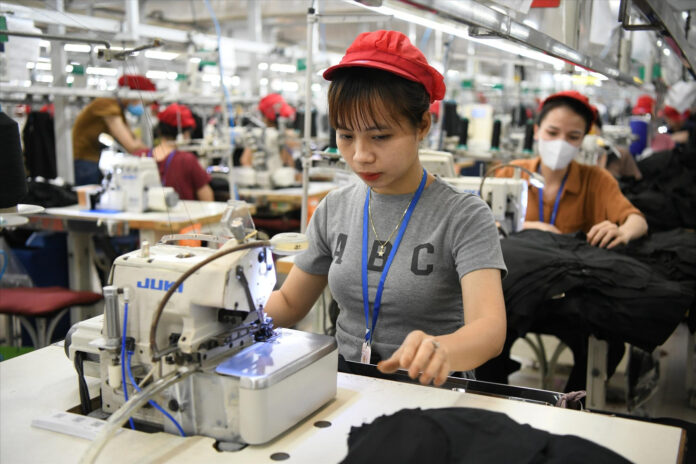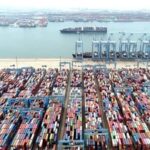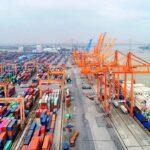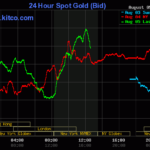According to Vietnam’s textile and garment enterprises, the imposition of a 20% tax will impact the cost, price, and competitiveness of Vietnamese goods in the US market. However, as the tax is applied equally to all countries exporting to the US, the burden of the additional cost will be partially shifted to American consumers. In practice, during the period when a temporary 10% tax was imposed, the increased tax amount was shared by three parties: raw material suppliers, manufacturers, and consumers through price negotiations.
In the context of rising prices for Vietnamese goods in the US, textile and garment companies have negotiated tariff-sharing arrangements with their customers, depending on the type of cooperation (FOB or CM) and the scale of the relationship with each partner. In recent months, businesses have also sought to diversify their markets by exploring potential markets such as Australia, Japan, and China. Many companies are now focusing on high-value-added customers and brands to secure more orders for August and September.
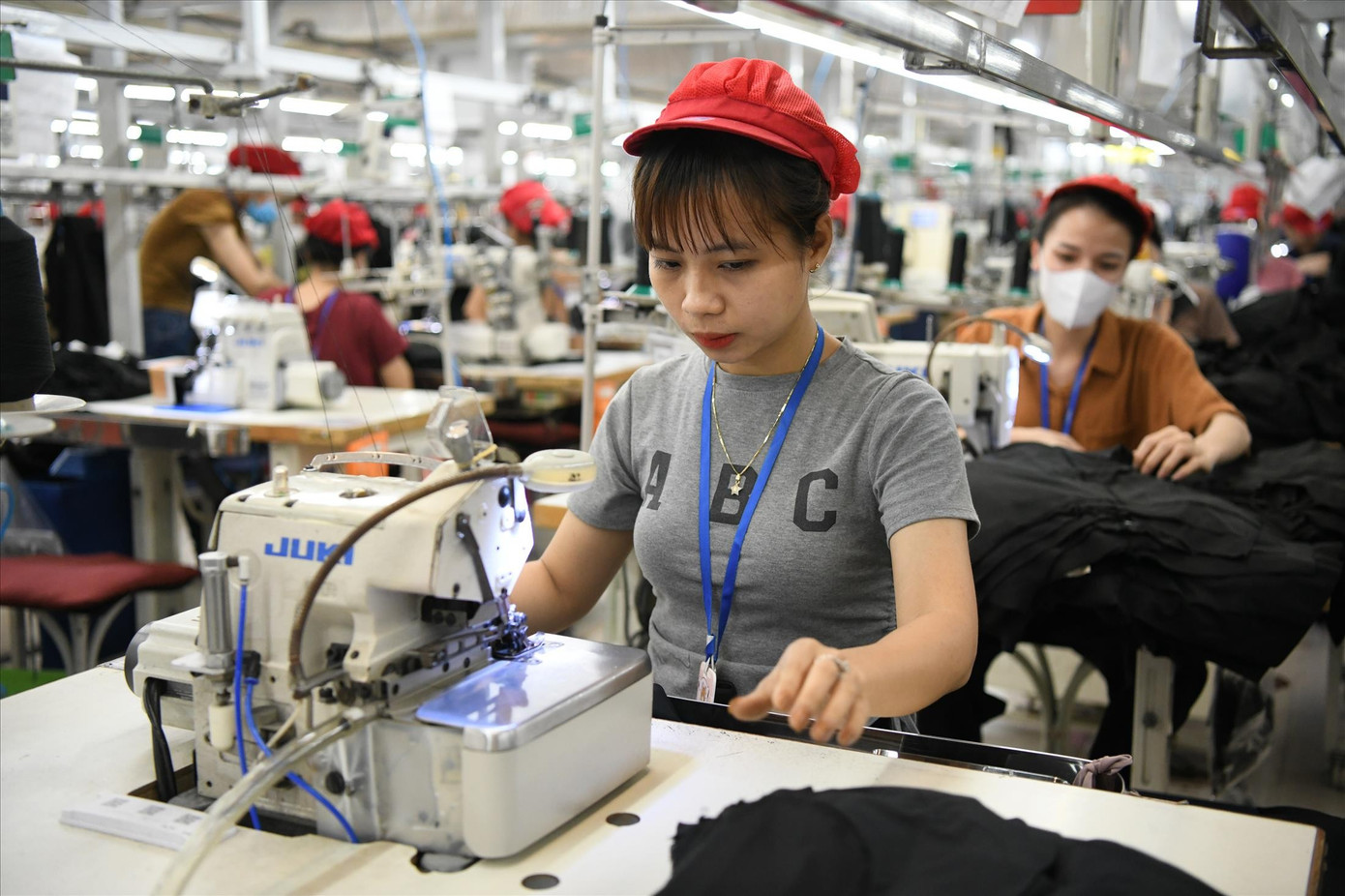
Vietnamese businesses concerned about increased costs due to the US’ 20% retaliatory tariffs. Photo: Như Ý
A representative from Ho Tho General Corporation shared that new orders from US customers for August and beyond have slowed down significantly, with some even halting completely. The main reason is that customers need to monitor and reassess their purchasing, consumption, inventory, and the impact of the new tax policy. Many customers have reduced order quantities or negotiated lower prices, even for CM and FOB orders. Some customers have decided to transfer orders to factories in Bangladesh or keep production in China. However, Ho Tho has also received some orders diverted from China.
Retaliatory tariffs to reduce Vietnam’s export turnover by about 10%
Mr. Le Trung Hieu, Deputy Director of Statistics (Ministry of Finance), said that according to calculations by the National Accounts Research Group, Statistics Department, Ministry of Finance, the average tax rate of 20% imposed by the US on Vietnamese exports will reduce export turnover to the US by $11-12 billion (a decrease of about 9-10% in export turnover). This will also impact a reduction in GDP of about 0.7-0.8 percentage points. At the same time, the imposition of tariffs may reduce foreign investment (FDI) in Vietnam, especially from US, Chinese, and Korean businesses, due to increased export costs. However, with the signing of 17 FTAs, Vietnam has many opportunities to expand export markets, reduce tariff barriers, promote trade and investment growth, and contribute to maintaining high economic growth.
Sharing with Tien Phong newspaper about the US’ official imposition of tariffs on Vietnamese goods, Mr. Luong Van Thu, General Director of Dap Cau Garment Corporation, said that at present, Vietnamese enterprises still have advantages over competitors in the textile and garment industry. Since the beginning of the year, Myanmar’s textile and garment industry has been subject to a 40% tax and has been affected by the civil war, resulting in a significant decline in exports. Cambodia, with a 19% tax rate, is also impacted by border tensions. Two other competitors of Vietnam in the industry, Bangladesh (with a 20% tax rate like Vietnam) and Indonesia (19%), do not have a large supply capacity, despite similar growth rates to Vietnam in the first months of the year. Therefore, Vietnam still has a certain advantage with only a 1% tax difference. However, to maintain this advantage, in the coming time, enterprises will need to continue to expand and diversify their products and markets, as well as improve labor productivity and quickly achieve self-sufficiency in raw and auxiliary materials, reducing the proportion of Chinese origin in exports. In the immediate future, Vietnamese enterprises need to take advantage of the remaining time to negotiate with raw material suppliers and buyers on prices before the official tax imposition after August 7. Enterprises should also actively seek new markets to avoid dependence on a single market.
The leader of Dap Cau Garment Corporation also suggested that to support exporting enterprises in the future, the government should implement policies similar to those of China. Although facing high taxes, China provides significant support to businesses, such as a 50% reduction in transportation costs and low-interest loans. For enterprises engaged in export production, the first factory establishment is eligible for interest-free loans for five years.
According to the Vietnam Association of Seafood Exporters and Producers (VASEP), the US’ imposition of a 20% tax on Vietnamese exports puts significant pressure on businesses in terms of input costs, price negotiations, and delivery progress. However, with well-invested processing capabilities and a clear trend of shifting from raw exports to deep processing, Vietnam has many opportunities to adjust its strategies and quickly adapt to trade fluctuations. Additionally, Vietnamese seafood still has advantages in some product categories as some competitor countries are also subject to similar taxes. For example, in the case of white-fleshed fish, Vietnam is currently the second-largest supplier of white-fleshed fish to the US (mainly tra fish), after China. Citing data from Vietnam Customs for the first six months of 2025, VASEP stated that Vietnam’s tra fish exports to the US reached $175 million, a 10% increase compared to the same period last year. In particular, deep-processed tra fish products under HS16 code reached $26 million, a remarkable 48% increase, thanks to many enterprises proactively “stockpiling” before the tax imposition. “In the context of Brazil potentially losing its competitive advantage due to taxes, many US importers are seeking alternative partners with stable supply chains, assured quality, and quick response capabilities, and Vietnam is one of the top choices,” VASEP analyzed.
However, the association also emphasized that enterprises need to carefully calculate the profit ratio, logistics costs, and contract conditions when exporting to the US, as the official application of the new tax rate will directly affect the ability to maintain long-term orders. Diversifying markets and expanding distribution systems in Europe, the Middle East, or Latin America should continue to be a long-term strategy, especially amid the increasing risks of geopolitical tensions and trade protectionism.
“A Surge in Exports: A 14.6% Rise in the First Seven Months of 2025”
As of the end of July, Vietnam’s merchandise exports reached an impressive milestone with an estimated turnover of US$261.8 billion, marking a 14.6% increase compared to the same period in 2024.
The Evolution of Vietnam’s Mechanical Industry: Vast Potential Yet to Soar with the Cranes
The mechanical engineering industry has taken significant strides in boosting domestic production, thereby fostering the growth of other industries and the economy as a whole. This has had a profound impact on employment, directly and indirectly creating jobs for millions of workers.

























